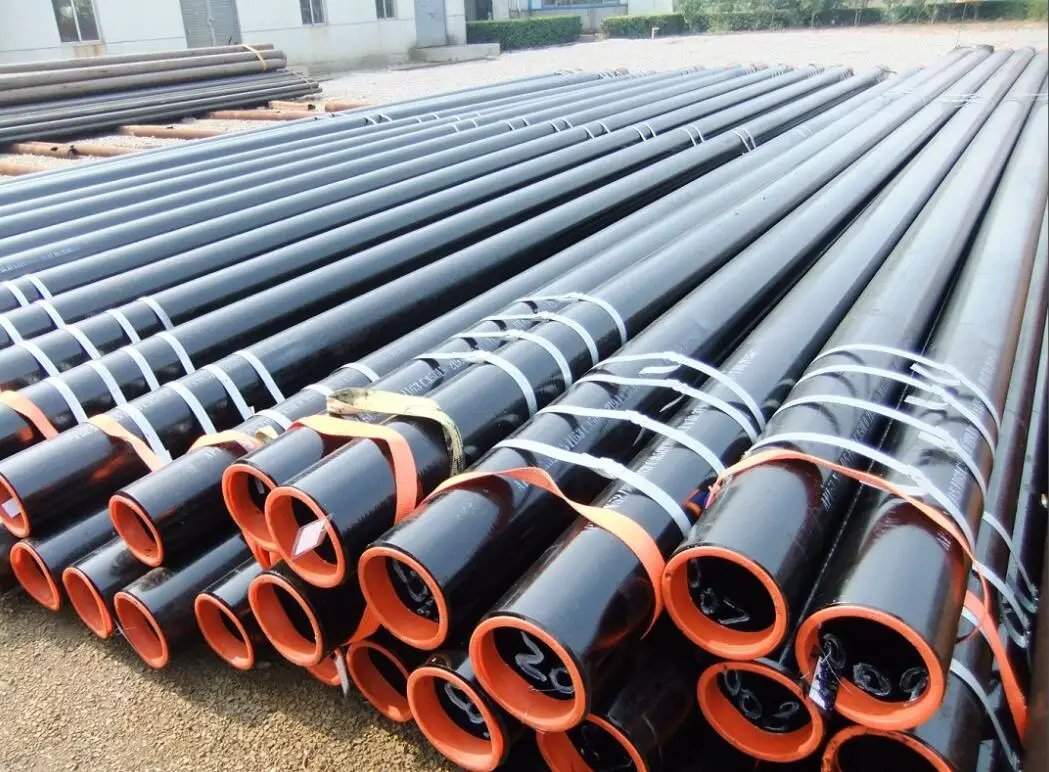Seamless steel tubes are commonly used in our life. The application of seamless steel tubes is inseparable from the petroleum and chemical industries. Hot rolled seamless steel pipes are generally produced on automatic rolling mill units.
The solid tube blank is inspected and the surface defects are removed, cut into the required length, centered on the end face of the perforated end of the tube blank, then sent to a heating furnace for heating and perforated on the punching machine. At the same time, the perforation is continuously rotated and advanced. Under the action of the roll and the head, a cavity is gradually formed inside the tube blank, which is called a capillary tube.
Differences
1. Processing point of view
From the processing point of view, hot rolling is hot processing, cold drawing is cold processing. Hot rolling is rolling at a temperature above the re crystallization temperature, and cold rolling is rolling at a temperature below the re crystallization temperature;
2. Appearance
From the appearance to distinguish cold-rolled seamless steel pipe surface bright, caliber size is smaller than hot-rolled seamless steel pipe. The hot-rolled seamless steel pipe has a larger caliber than the cold- rolled seamless steel pipe, and the surface has obvious scale or red rust.
3.Accuracy
In terms of accuracy: the accuracy of cold-rolled seamless steel tubes is higher than that of hot-rolled seamless steel tubes.
4.Distinction
Hot-rolled steel pipe used in fluid transport, mechanical structure and other requirements for size is not high; cold-rolled steel pipe used in equipment, hydraulic systems, pneumatic and other places where high requirements.
In terms of wall thickness, cold drawn seamless tubes are more uniform than hot rolled seamless tubes. It is sent to the automatic rolling mill for inherited rolling.
In order to obtain seamless steel pipes of smaller size and better quality, it is necessary to adopt cold rolling, cold drawing or a combination of the two. Cold rolling is usually carried out in a two-roll mill, and the steel pipe is rolled in an annular hole type composed of a variable-section circular hole groove and a stationary tapered head. Cold drawing is usually carried out at a single-chain or double-chain cold drawing machine length of 0.5 to 100T.
The extrusion process is to place the heated tube blank in a closed extrusion cylinder, and the perforated rod moves together with the extrusion rod to extrude the extrusion from the smaller die hole. This method can produce steel pipes with smaller diameters, and its application range is also increasing.
